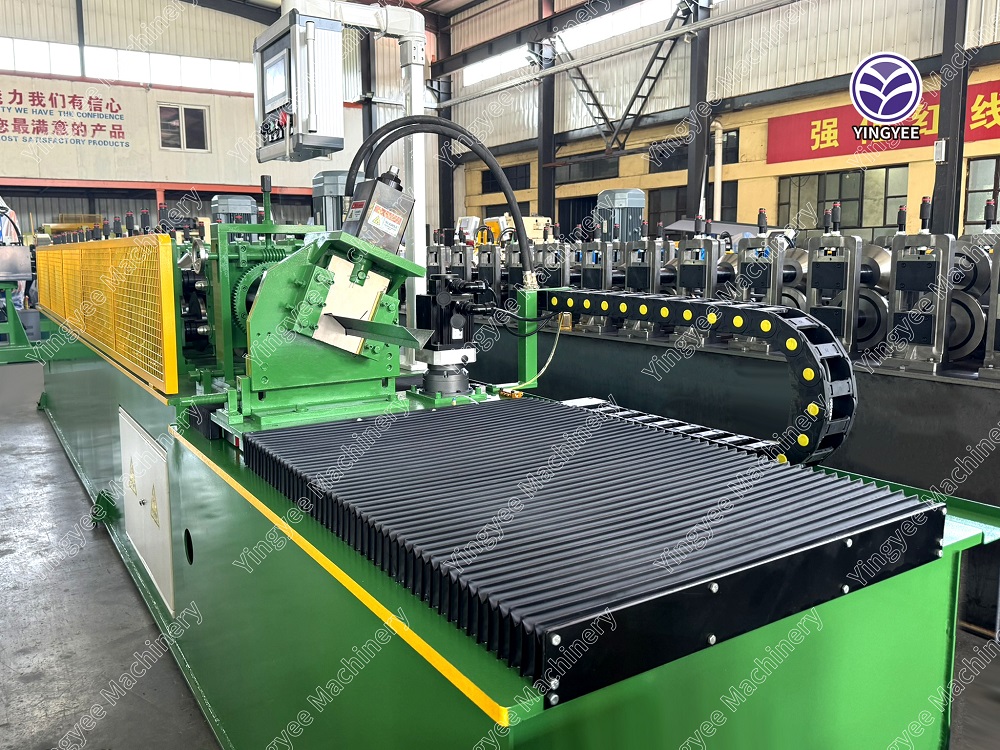
Understanding Roof Panel Machines Advancements and Applications
In the contemporary construction industry, the efficiency and quality of materials play a crucial role in determining the overall performance of a project. One of the remarkable innovations in this sector is the roof panel machine. This advanced equipment is designed to streamline the production of roof panels, significantly enhancing the efficiency and accuracy of construction tasks.
Roof panels are critical components of building structures, providing essential protection against environmental elements while contributing to the aesthetic appeal of the structure. Traditionally, the manufacturing of these panels required considerable manual labor, resulting in inconsistencies in quality and prolonged production times. However, with the advent of roof panel machines, the entire process has been revolutionized.
Roof panel machines come in various forms, each tailored to specific needs within the construction industry. Some machines specialize in producing metal panels, while others are designed for insulation panels or composite panels. Regardless of the type, these machines share core functionalities that include forming, cutting, and stacking, all of which are performed automatically, minimizing the need for manual intervention.
One of the most significant advantages of using a roof panel machine is the precision it offers. These machines utilize advanced technology to ensure that each panel is manufactured to exact specifications. This level of accuracy not only improves the quality of the panels but also reduces waste, as fewer errors occur during production. By investing in a roof panel machine, companies can expect a higher return on investment due to the reduced costs associated with material waste and the need for rework.

Moreover, the speed at which roof panel machines operate is unparalleled when compared to manual methods. A state-of-the-art machine can produce a vast number of panels in a single day, thereby accelerating the construction schedule. This rapid production capability allows contractors to complete projects more quickly, significantly benefiting clients who are eager to see their constructions come to fruition.
In addition to speed and precision, many modern roof panel machines are equipped with smart technology. Some models incorporate computer numerical control (CNC) systems, which allow for easy programming and adjustments depending on the specific requirements of a project. This adaptability means that manufacturers can quickly switch between different panel designs without extensive downtime or setup changes.
Environmental sustainability is another critical aspect gaining prominence in the construction industry. Roof panel machines contribute to this cause by reducing waste and optimizing the use of raw materials. As the construction sector becomes increasingly aware of its environmental impact, investing in efficient machinery like roof panel machines aligns with sustainability goals.
Furthermore, the integration of advanced materials such as lightweight steel and insulated panels has been made easier through these machines. This not only enhances energy efficiency in buildings but also lowers the carbon footprint associated with construction processes.
In summary, roof panel machines represent a significant advancement in construction technology. Their ability to produce high-quality, precise panels at an accelerated pace addresses many of the challenges faced in traditional manufacturing methods. With the added benefits of smart technology and a focus on sustainability, these machines are becoming indispensable in modern construction practices. As the industry continues to evolve, the role of roof panel machines will likely expand, setting new standards in efficiency and quality for years to come. Investing in this technology is not just a trend but a strategic move toward a more efficient and sustainable future in construction.